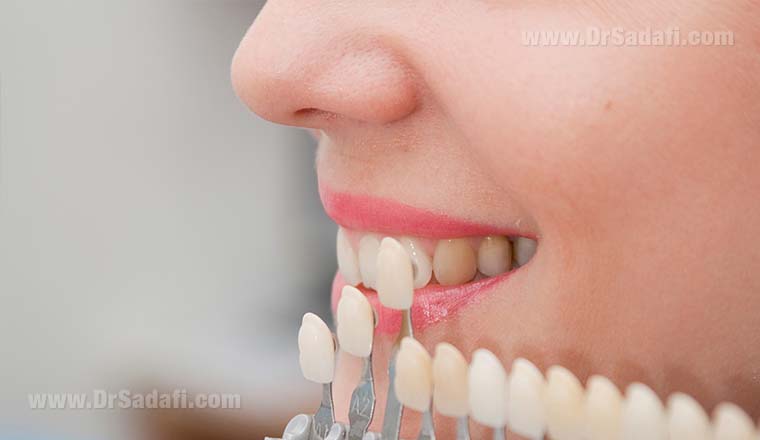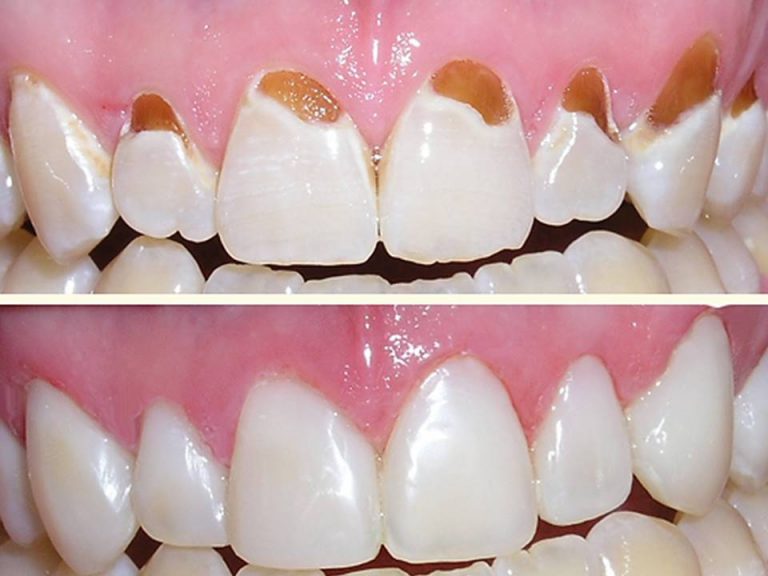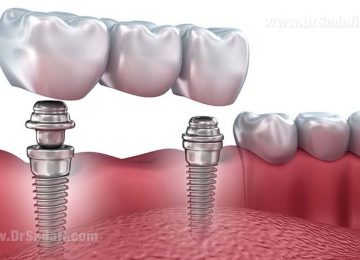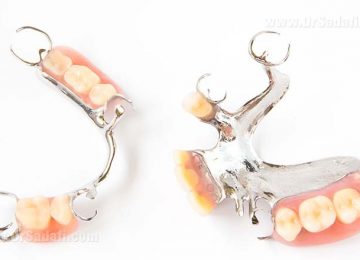
Dental Laminate
Dental laminate is a thin layer of tooth-colored material that is placed over the anterior and posterior teeth.
Dental laminate is considered one of the most popular cosmetic treatments in dentistry.
This treatment helps the dentist correct the length, color, and shape of the teeth.
Also, small gaps between the teeth can be resolved, or the teeth that have minor overlapping, or their edges have a small fracture or crack can be restored with this type of treatment.
Ceramic vs. composite laminate, which is better?

Ceramic laminates (also referred to as porcelain veneers) are thin layers of ceramic (porcelain) that are bonded onto the tooth.
These veneers are made in a laboratory according to the dentist’s order, and are usually the first choice of treatment as they cover the flaws and enhance the aesthetics of the teeth.
Composite laminates, also known as composite veneers, have less color stability, but they have a special characteristic instead, and that is less trimming of the enamel, or even sometimes, there is no need for trimming. However, it is worth mentioning that in new porcelain (ceramic) veneer techniques, the tooth is also trimmed very little most of the times, unless the circumstances of the tooth require more trimming of the enamel to achieve the ideal cosmetic treatment. Also, the composite laminates cost less.
Composite laminates or veneers are made and prepared by the dentist in his or her office. Therefore, there is no need for a laboratory to make them.
The composite laminate that is used for aesthetic purposes has various types, and its quality is based on the degree of stain absorption, surface gloss, and the amount of light passing through it.
Ceramic laminates have more durability compared to the composite ones.
The other advantages of ceramic laminates are their color stability and elegant appearance.
For this reason, ceramic (porcelain) laminates cost more compared to composite types.
Can laminates cover all discolorations or malformations of the teeth?
This treatment does not cover all discolorations, malformations, misalignments, or the gaps between the teeth, and it is only applicable in minor to medium tooth problems.
Major decays and severe damages should be resolved with a dental crown after the tooth was repaired.
Furthermore, if the patient has oral habits such as tooth grinding, the excessive force applied to the tooth due to this habit can break the laminate.
Who benefits from dental laminates?
- Individuals who suffer from tooth discoloration, and want to always have more elegant and brighter teeth.
- Individuals who have short teeth, or their teeth are slightly overlapped, or have minor dental gaps.
- Individuals with unleveled and uneven teeth.
- Aligning the anterior and posterior teeth, and adjusting the gingival line
Also, minor corrections, enhancing the smile, and straightening the front teeth are other problems that can be resolved with the laminate treatment.











